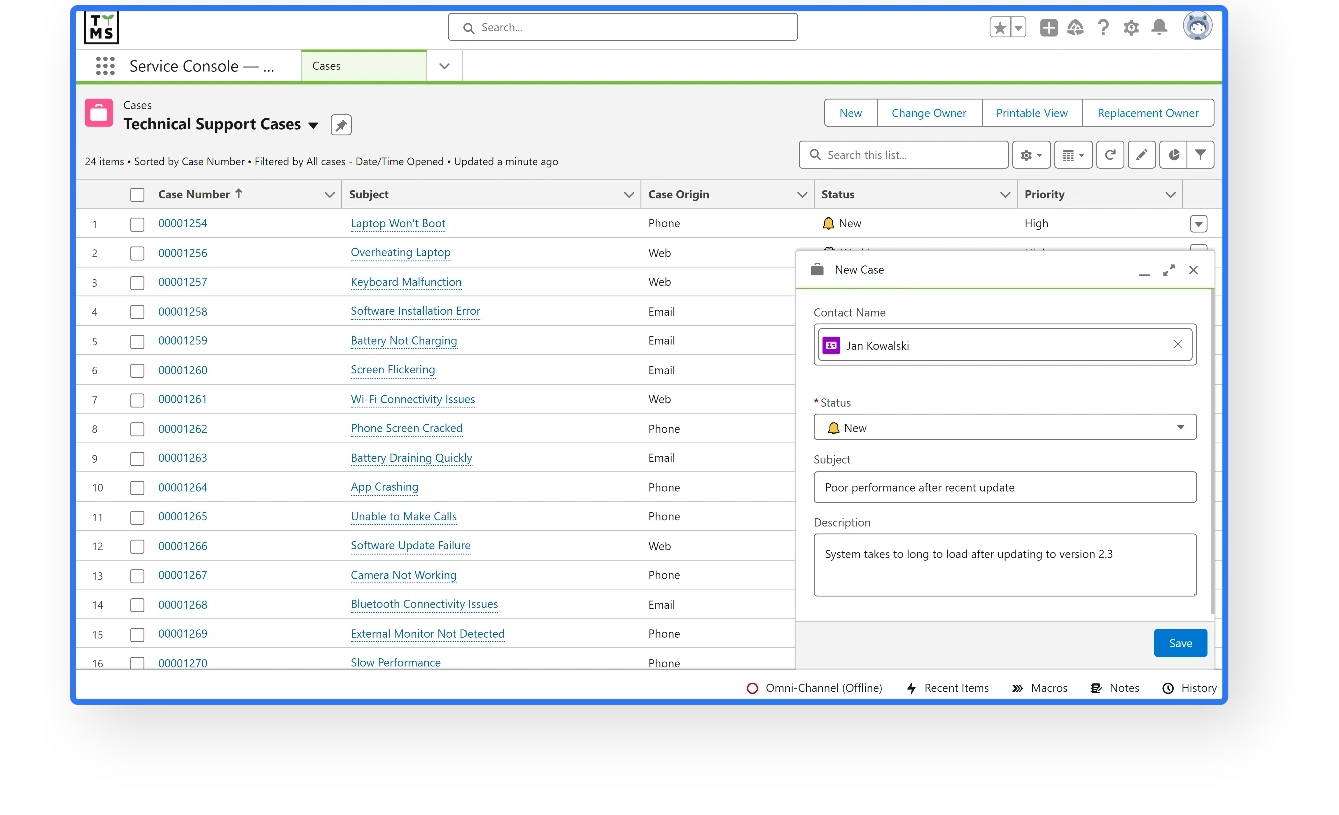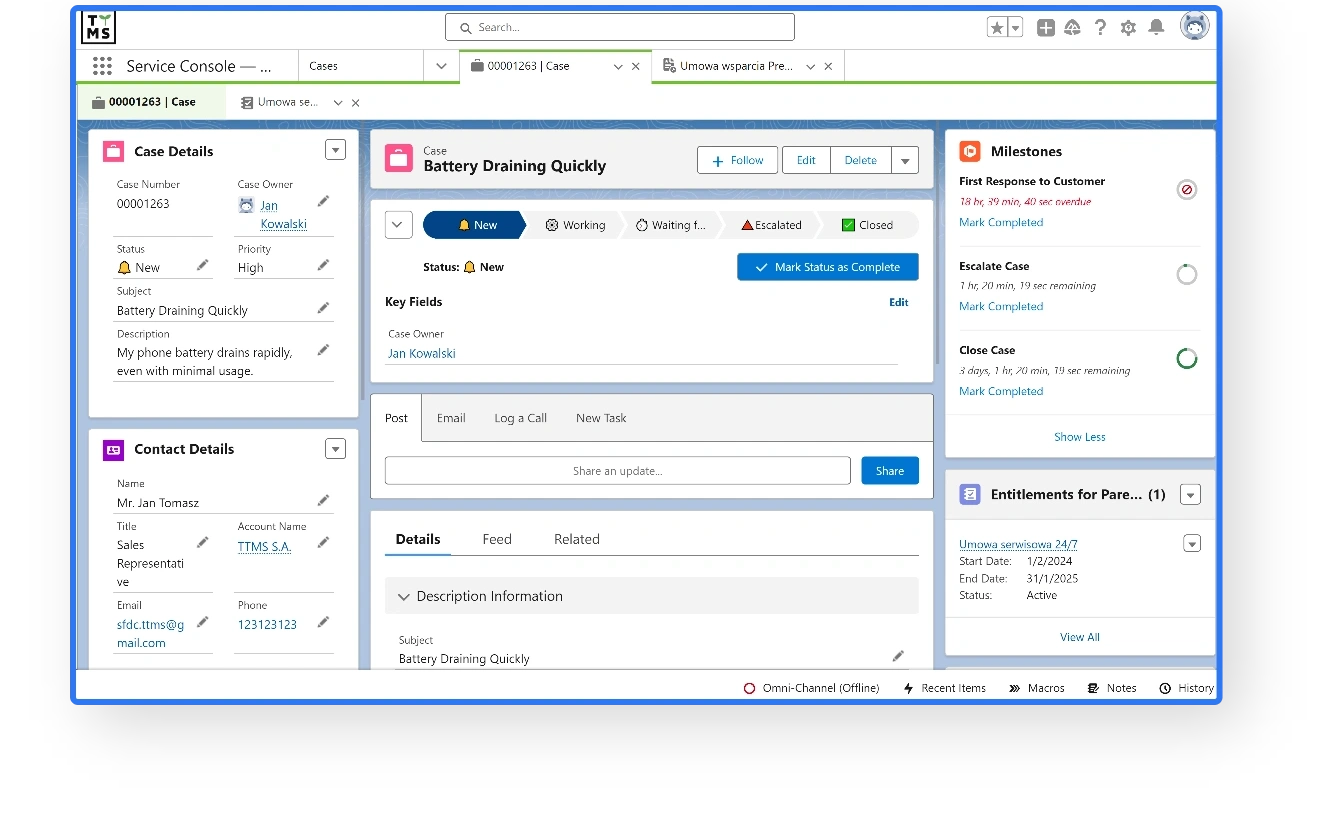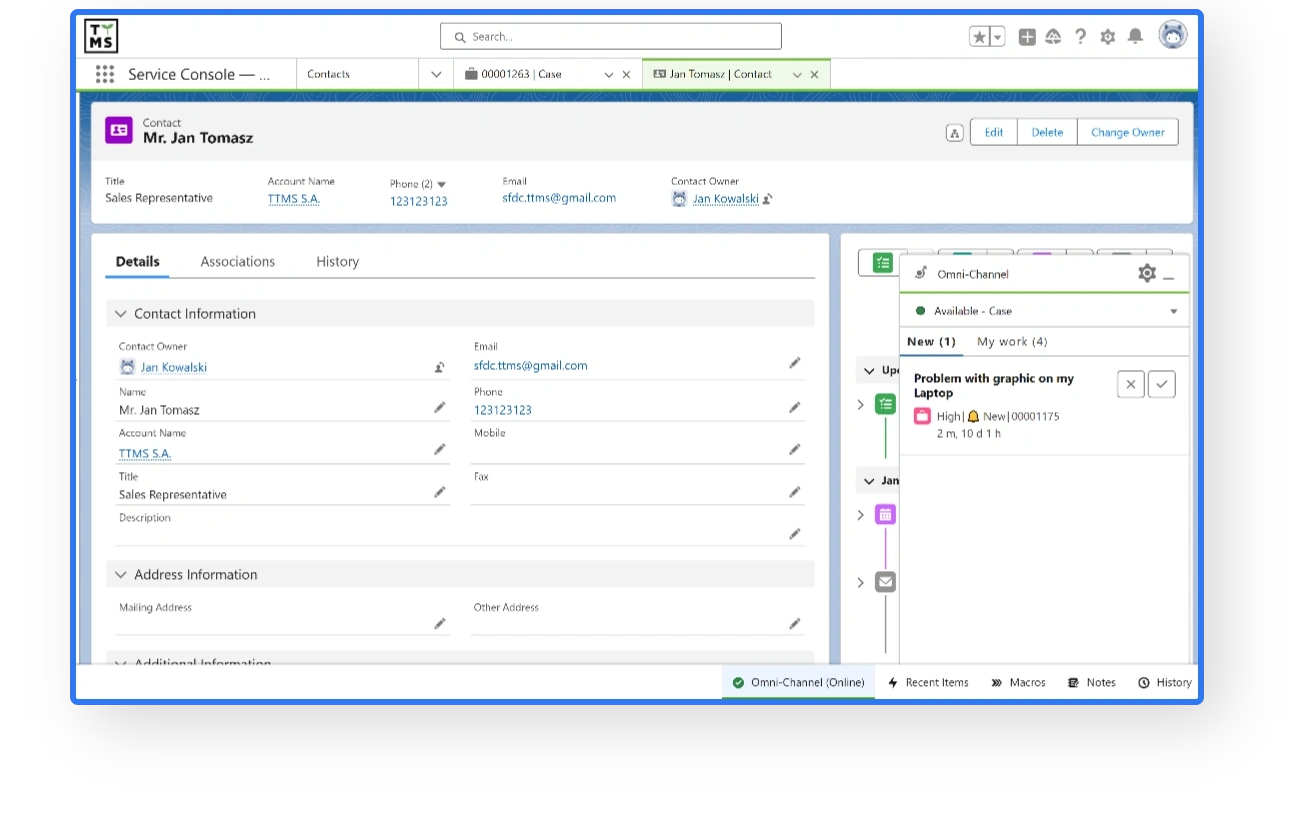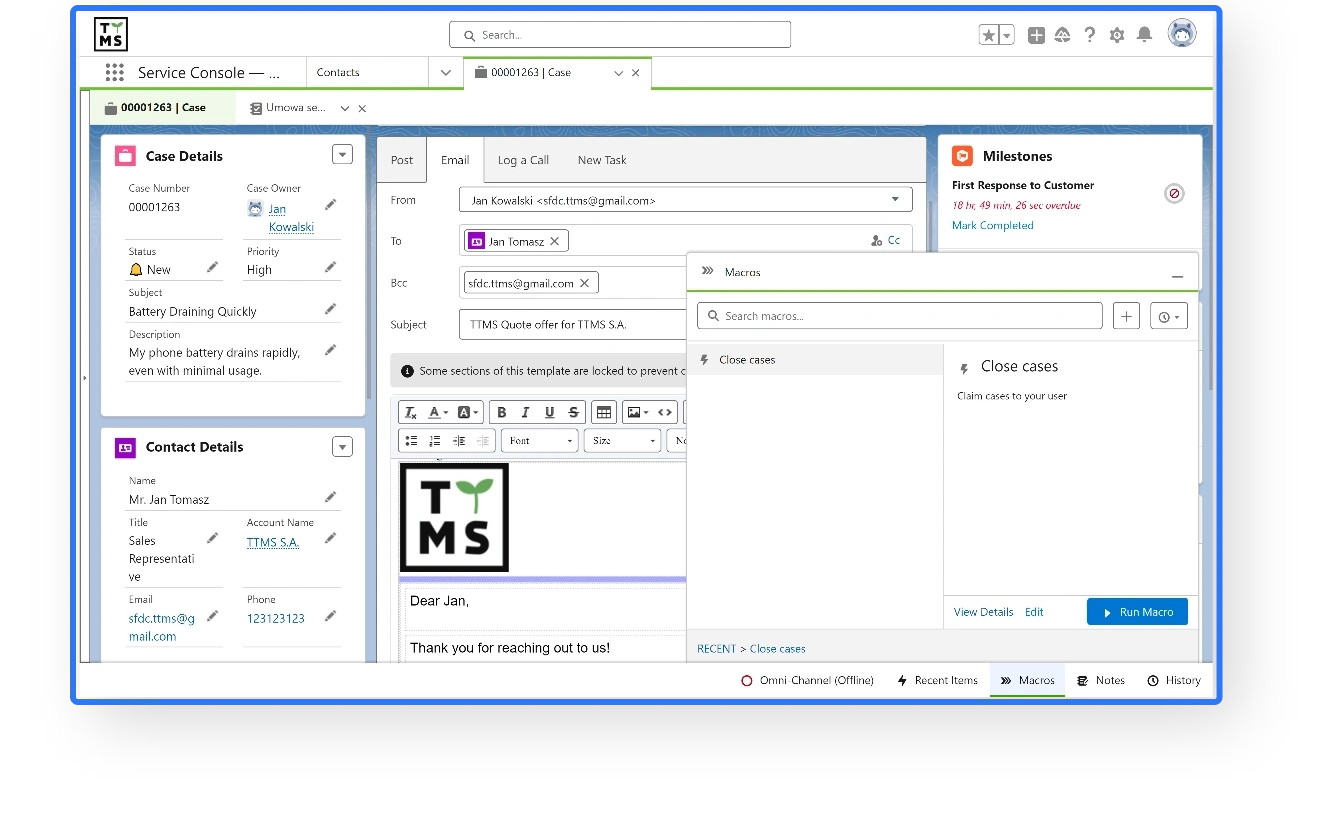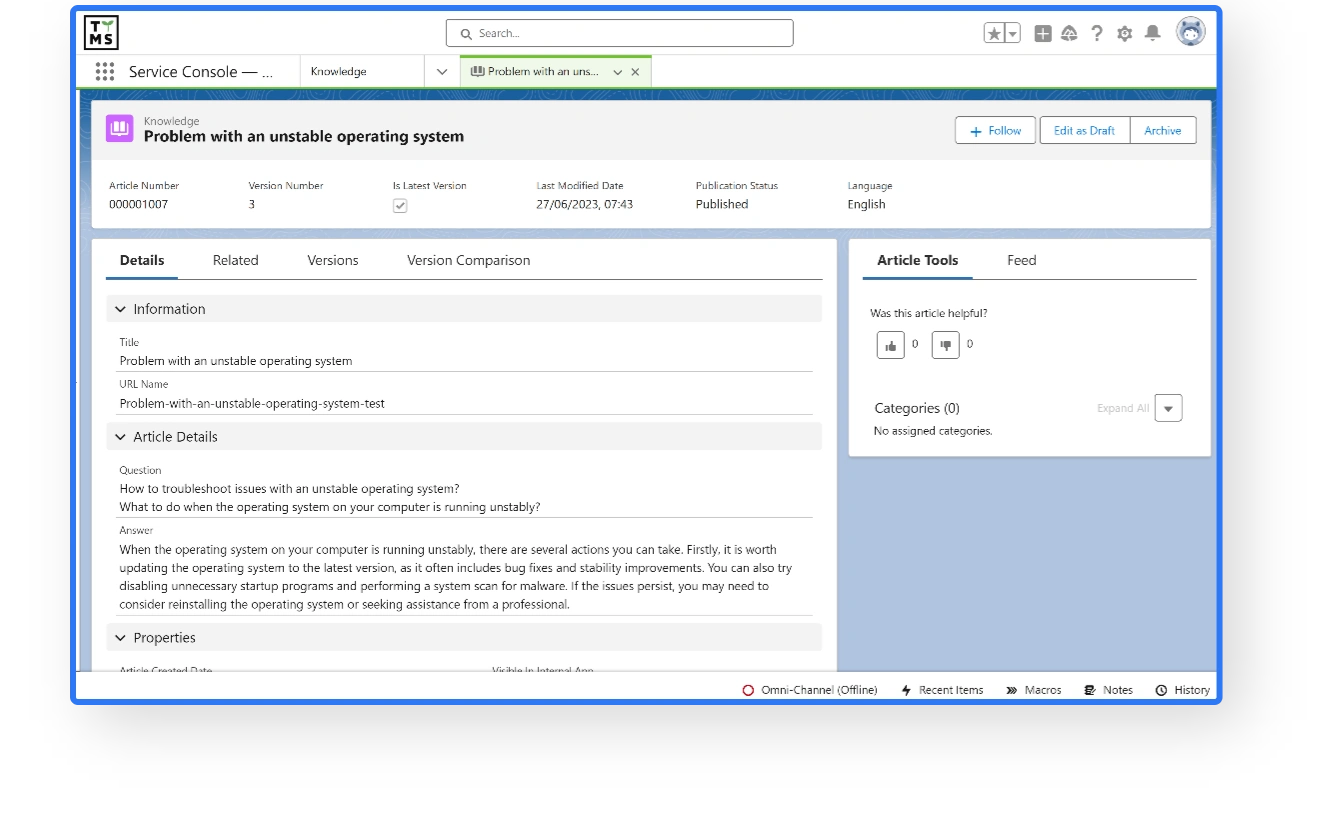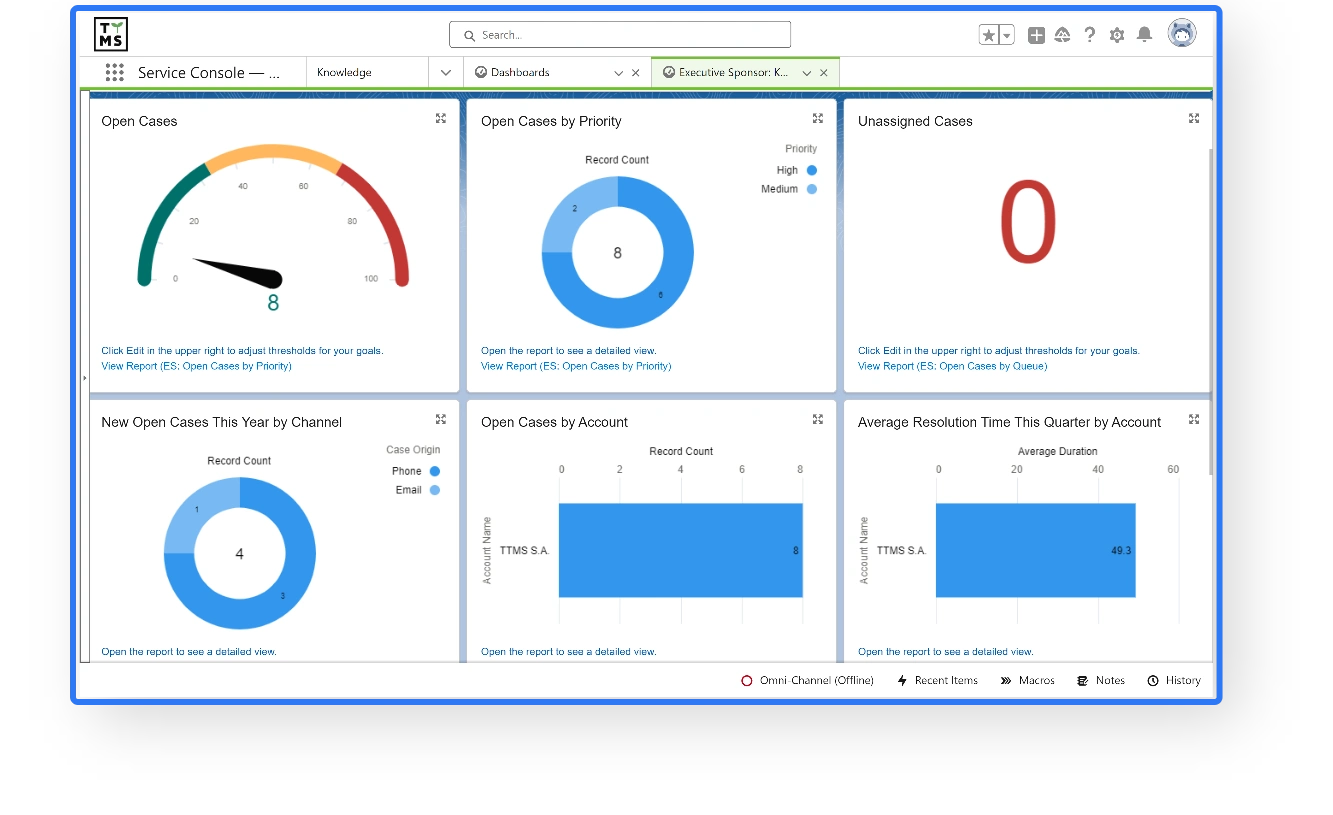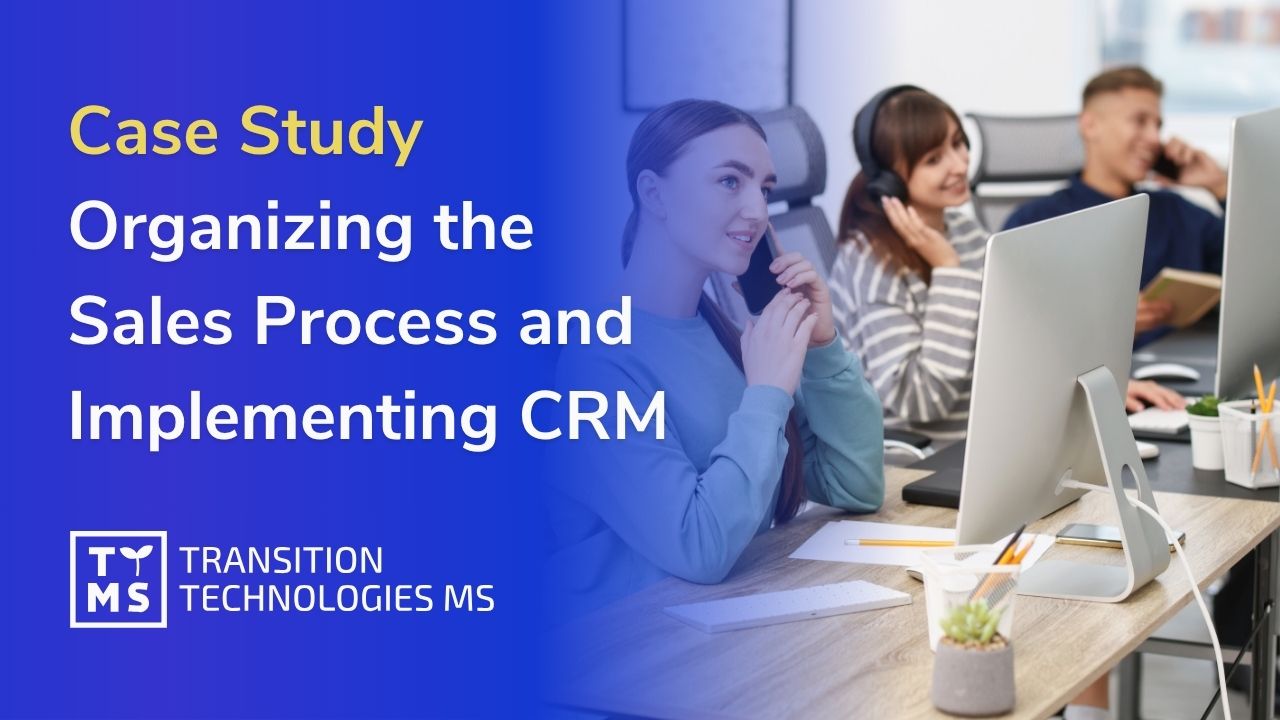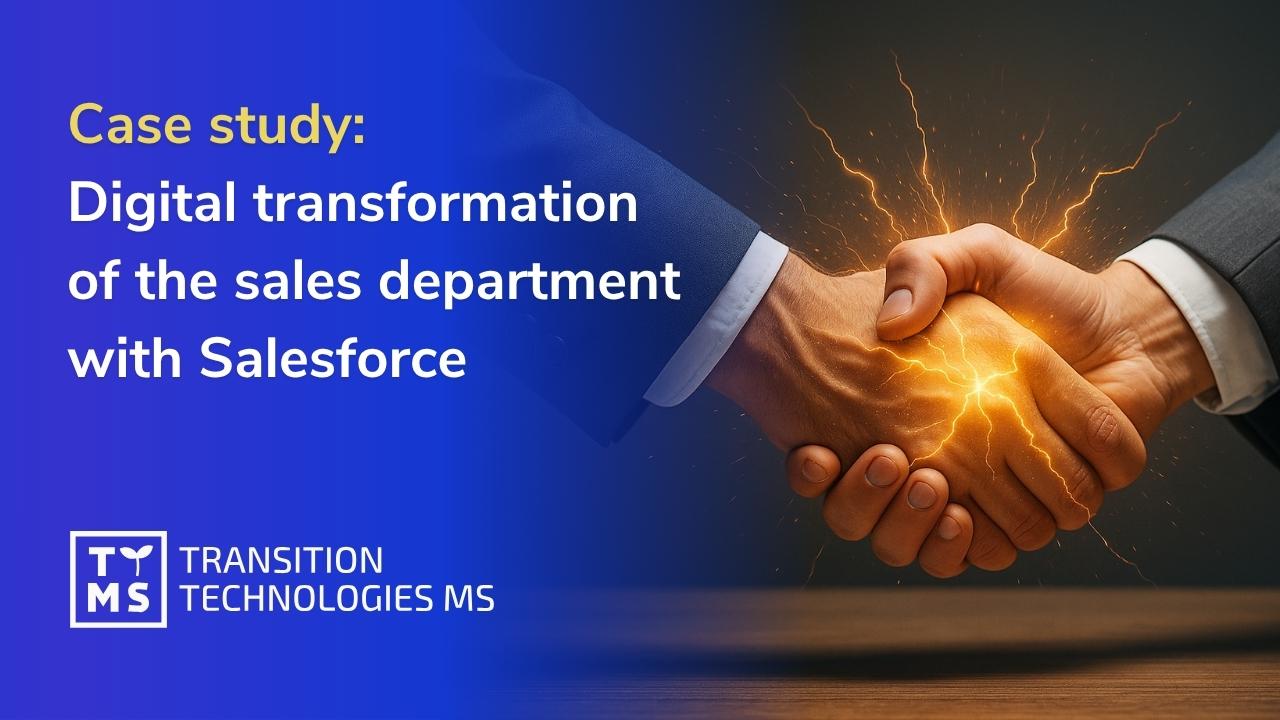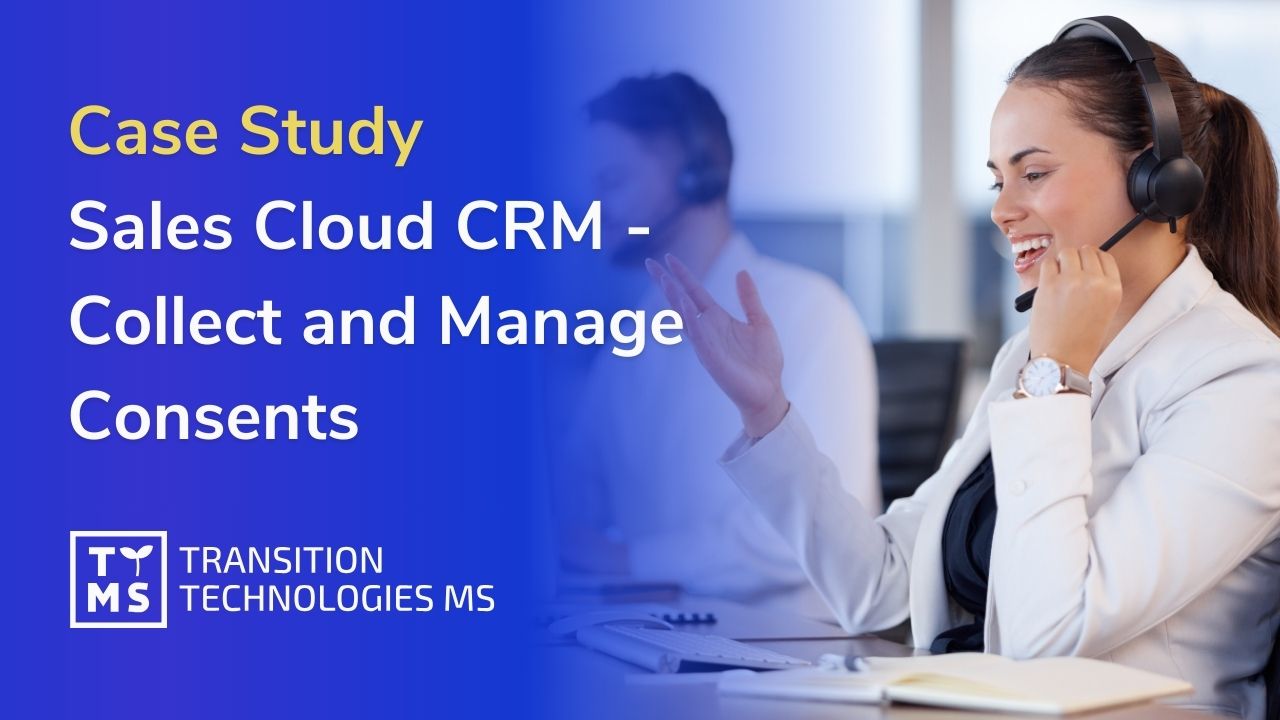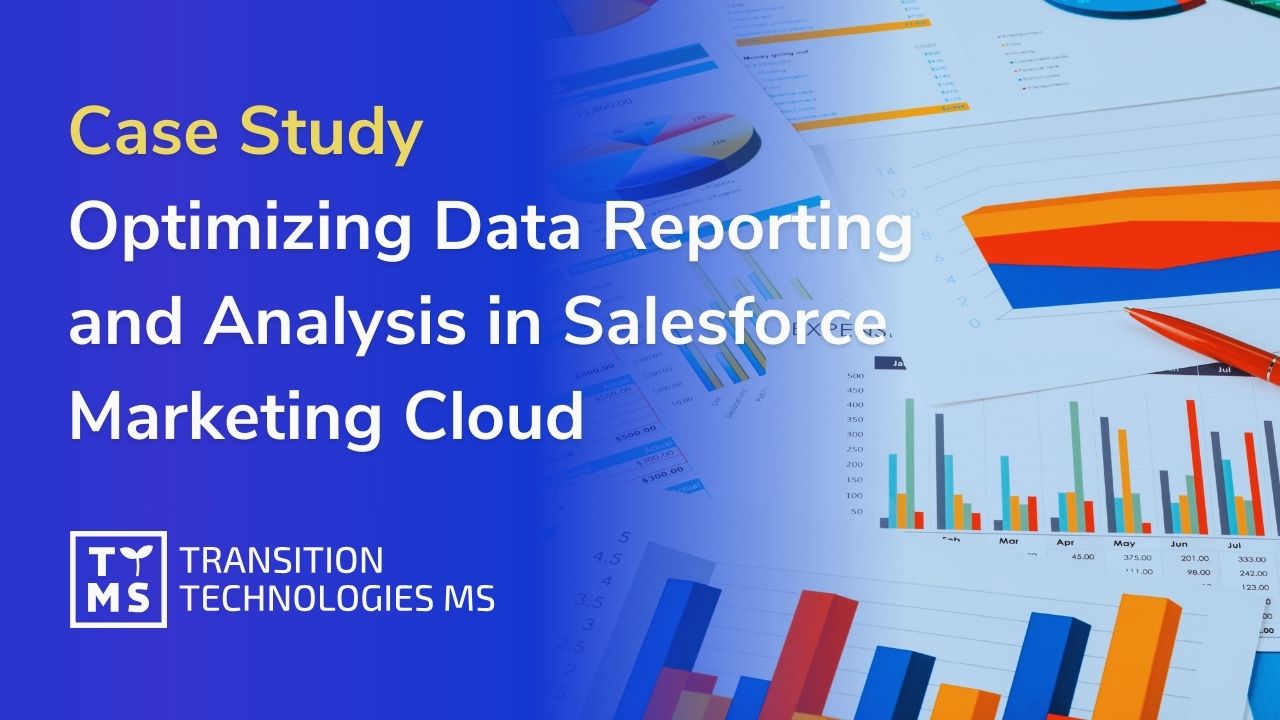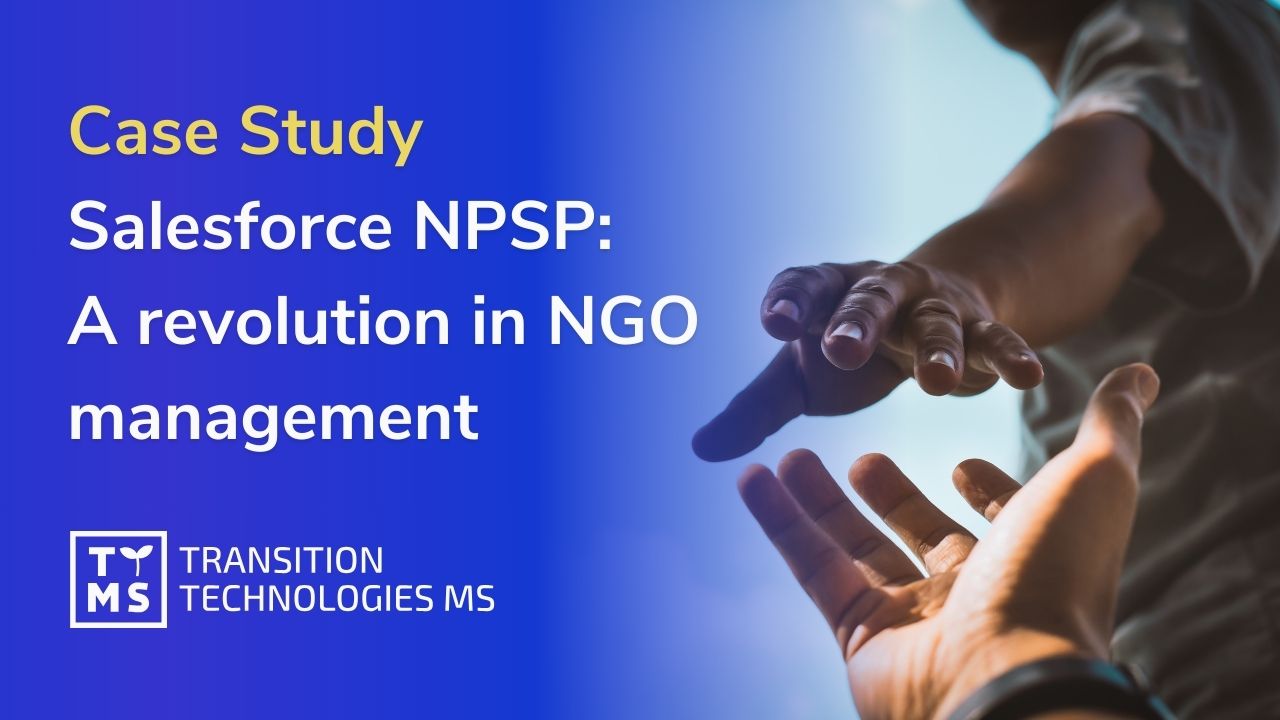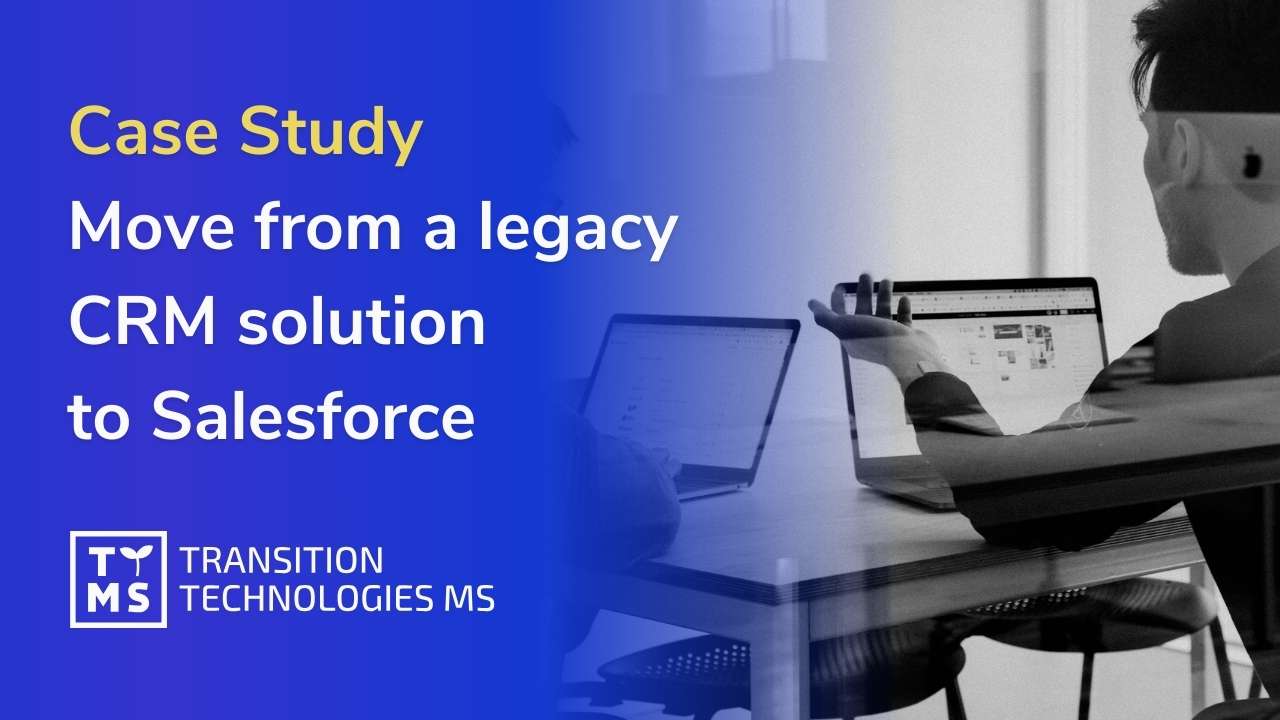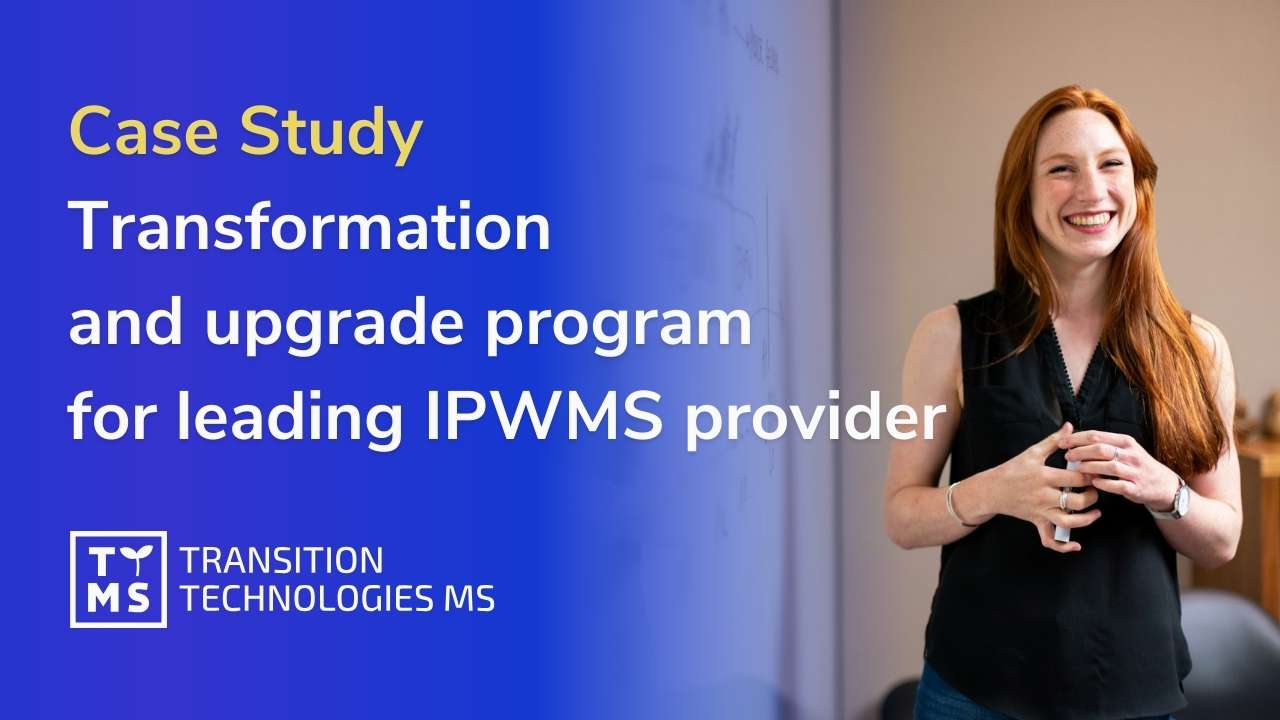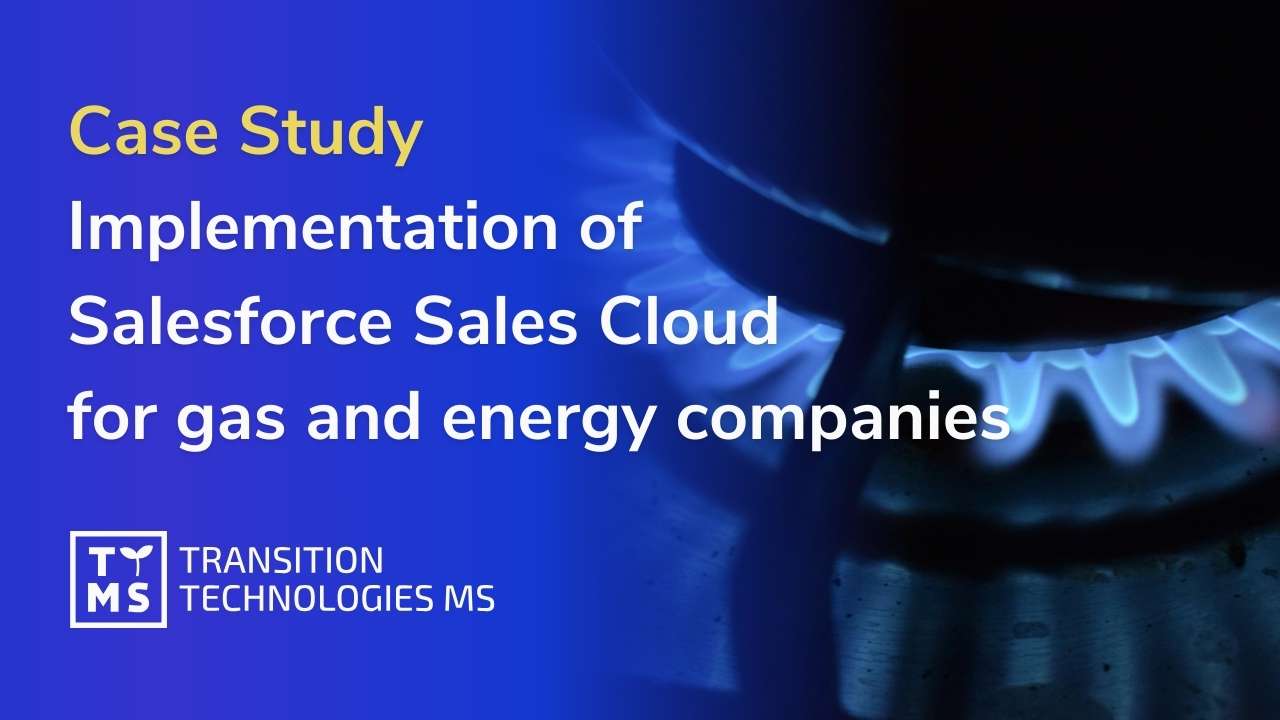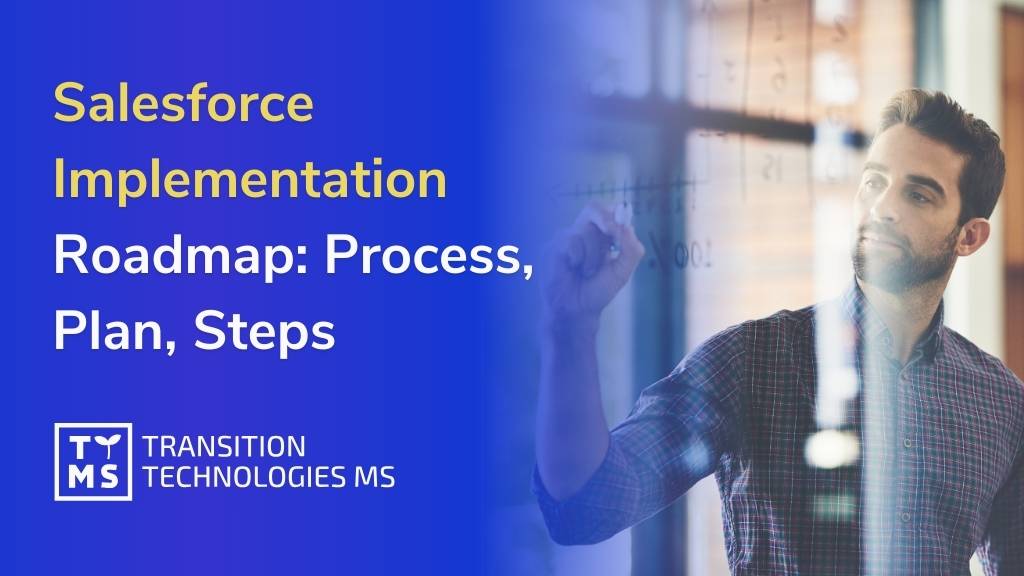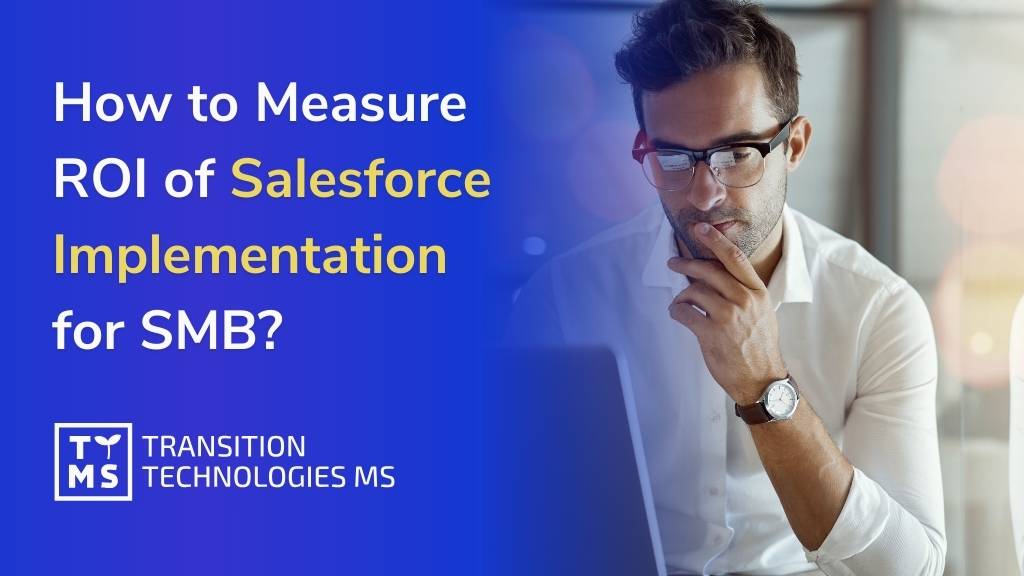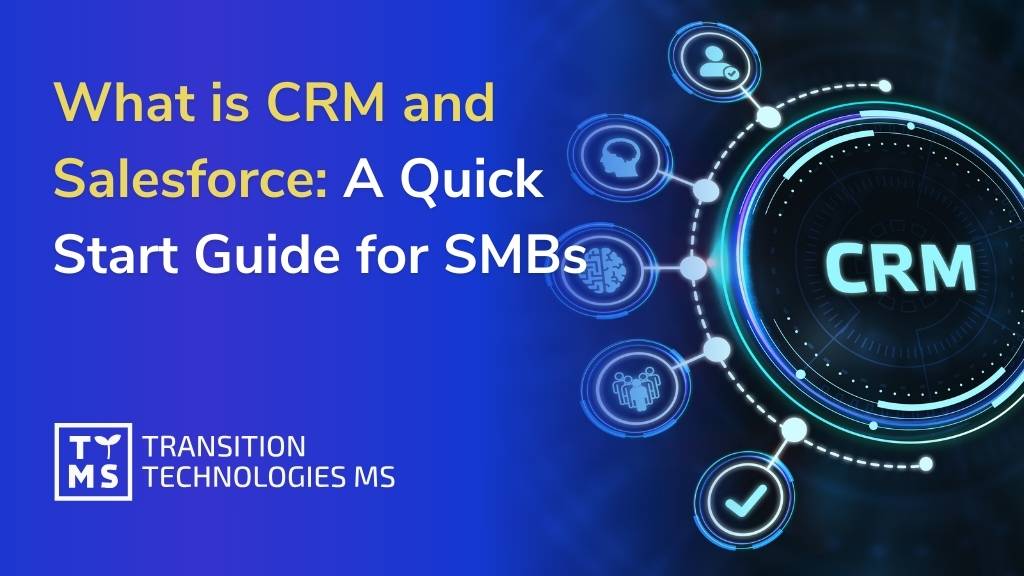What is Salesforce Service Cloud?
Salesforce Service Cloud is a scalable platform designed for managers, service technicians, and after-sales teams. It supports customer service management across various scenarios, from basic service departments to advanced call centers and field services. With Service Cloud, you can enhance customer service, make informed decisions, boost efficiency, reduce costs, and tailor tools to meet your business needs.
TTMS – Salesforce Service Cloud Implementation Partner. Companies that trust us:

Implementing Salesforce Service Cloud will support following areas in your organization:
Customer Service
Manage customer inquiries, resolve issues, and provide real-time support.
Service
Manage service requests, schedule service visits, and track repairs.
Sales
Support for sales teams through access to the history of customer interactions and service data.
IT Systems Management
A single source of truth about the customer, with easier data management through integration with other systems and databases within the company.
Product Management
Collecting feedback from customers and analyzing it to improve the offering.
Marketing
Using customer service data to create more targeted marketing campaigns.
Salesforce Service Cloud Key Benefits:

High level of customer service
- You respond to customer inquiries faster and more effectively.
- You enhance interactions with customers, increasing their satisfaction at every stage of support.
- You systematize and prioritize requests, accelerating the resolution of cases.
- You boost the productivity of service agents and foster greater customer loyalty.

Flexibility and scalability
- Flexibility and scalability: Service Cloud grows with your company.
- Industry adaptation: ideal for retail, healthcare, and finance.
- Configurable functions: ccustomise the system to meet the specific needs of your business.
- Interface personalisation: record types streamline agent work by providing relevant information efficiently.

Mobile Application
- Field support: Agents can view customer profiles and ticket history from anywhere.
- Ticket Management: Agents can create, update, and manage tickets directly from the mobile app, speeding up responses to customer needs.

Full integration with Salesforce CRM
- Your service agents get instant access to complete customer history, including both sales and after-sales service.
- Integration also enables seamless collaboration between your sales and customer service teams, enhancing their efficiency and speed in resolving issues.
Salesforce Service Cloud Useful Features
Creating tickets
You take full control over the ticket creation process:
- Automatic creation of reports based on incoming e-mails or online forms
- Possibility to manually create tickets and manage their statuses
- Combining ticket information with customer data
Analytics and reports
The ability to create your own advanced reports or use numerous predefined templates, such as:
- A report showing the ratio of open to closed tickets.
- Monitoring the performance and effectiveness of service agents.
- A chart displaying the number of reports categorized by type.
The competency base of our Salesforce TTMS team:
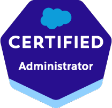
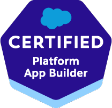
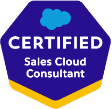
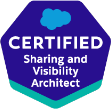
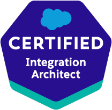
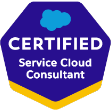
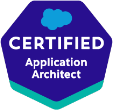
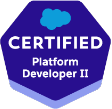
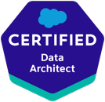
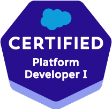
Market sectors we assist our clients in:
Pharma
Automotive
Manufacturing
Finance
IT
Logistics / Transport
Professional
Services
Luxury
goods
Construction
Hospitality /
Travel

Non-Profit Organisations
OZE / Energy
Read articles on our blog
Watch our Videos
FAQ
What are the costs of implementing Salesforce Service Cloud?
The costs of Salesforce Service Cloud Implementation Services depend on the complexity of the project and can range from PLN 20,000 to PLN 50,000. This price includes configuration, customization, and integration with existing systems within the company. As a Salesforce Service Cloud Implementation Partner, TTMS provides comprehensive support throughout the process.
Is Service Cloud also suitable for small companies?
Yes, Salesforce Service Cloud is scalable and can be tailored to the needs of both small and large enterprises. It offers flexible licensing and functionality options that support your business’s growth at every stage. As a Salesforce Service Cloud Solutions Provider, TTMS ensures that the system is optimized for businesses of all sizes.
What makes Service Cloud users more efficient and faster at helping customers solve their problems?
Salesforce Service Cloud enables faster and more effective resolution of customer issues through advanced integration with VOIP systems and a built-in knowledge base. Automatic caller identification and easy access to customer and product history allow for immediate action and the delivery of accurate responses. This efficiency is further enhanced with Salesforce SLA management capabilities, ensuring that service levels are consistently met.
What does the licensing model look like when purchasing Service Cloud?
Salesforce Service Cloud licenses are purchased directly from Salesforce. You are charged based on the number of users and the duration of service usage, typically as a monthly fee per user. After the Salesforce environment is activated, TTMS supports the client as a Salesforce Service Cloud Integration Partner, assisting with system configuration and customization to fit specific business needs.
What does the Service Cloud implementation process look like?
The Salesforce Service Cloud implementation involves several key stages: planning, configuration, integration with existing systems, testing, and user training. TTMS provides full support at each of these stages, ensuring the system is tailored to the specific needs of the company.
What support does TTMS provide after implementing Service Cloud?
After implementing Salesforce Service Cloud, TTMS offers support, including training, data migration, error correction, and optional system function expansion to align with the company’s growing needs. This also covers Salesforce warranty management to ensure ongoing system reliability.
How does Service Cloud compare to Sales Cloud?
Salesforce Service Cloud and Sales Cloud are seamlessly integrated, providing access to a shared database. This integration offers companies a comprehensive view of the customer, facilitating more personalized service and enhancing customer relationship management. Having both clouds allows for a unified approach to managing sales and service interactions, improving overall efficiency and customer satisfaction. This approach is especially beneficial for Salesforce IT service management, where having integrated systems enhances service delivery.
Can Salesforce Service Cloud be integrated with external systems?
Yes, Salesforce Service Cloud supports extensive integration with external systems, including VOIP systems. This capability enables smooth communication management and data centralization. After-sales warranty management and service cloud help features are also seamlessly integrated, ensuring cohesive management of customer interactions and service processes.
Ready to take your business to the next level?
Let’s talk about how TTMS can help.

Przemysław Kukuła
Sales Manager

















